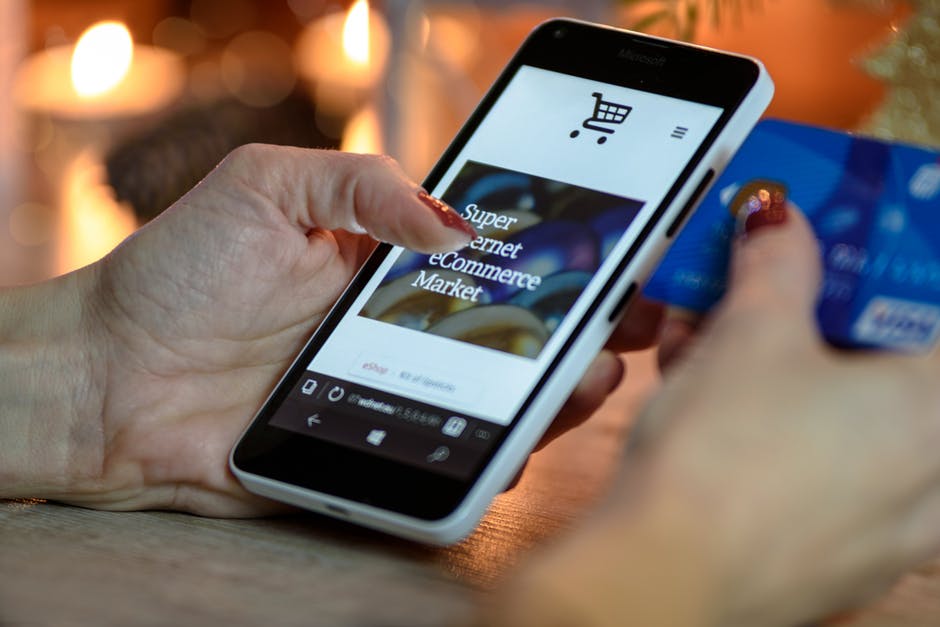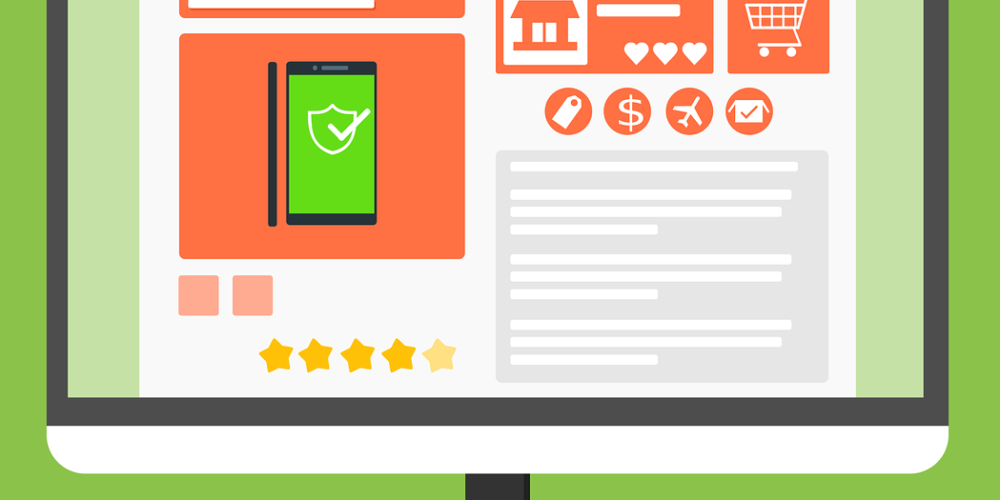The essential moment of the truth when you’re running an e-commerce business are product pages. It’s more than just a final step of clicking on BUY button. You have to create relationships with your customers and offer them unique shopping experience.
There are thousands of e-commerce websites out there. Successful business owners have one thing in common. They stand out of the crowd and offer shopping experience that makes customers coming back. Customers enjoy shopping, can’t wait to check new-ins, look forward to purchase something new. Check out some of the best ecommerce themes for inspiration how to design product pages.
The product page has to offer everything what a visitor need to become a customer. Motivation, product presentation and assurance. We put together few small hacks you can easily implement and create huge changes.
1. Beautiful Images
Small product images destroy the potential your product has. Also, it makes the website look unprofessional. This research from Hubspot reveals that 94% of content with relevant images has more views and that’s quite impressive number.
Pictures, especially of products and goods create the first impression. They are the main driver of trust and the final decision whether visitor buys or doesn’t buy. That’s why we start this list with the best hack. Big, professional and zoomable images with multi-angle or 360-degree view will most likely improve conversion rate. If you are selling a service or experience, upload a video out there showing the real emotions about it.
2. Use Live Chat
This infographic proves us right about conversion rate growth once you invest to Live Chat. For customers, it’s one of the simplest ways how to have an instant answer although you might think nothing’s left and you answered all possible FAQs. From business owner view, it’s the easiest way how to get instant and valuable feedback from customers and also very effective tools to answer possible doubts.
3. Create a feeling of scarcity
Only 3 items in the stock. Grab your bargain – valid only 48 hours. Although it seems like a little game eventually it boosts a sense of curiosity and temptation. What if the special price won’t be available anymore? What if stock will be empty for some time? Feeling of scarcity is somehow enforcing visitors to take an action and it’s proven as one of the most effective strategies.
The most obvious example are discounted airline fares. This principle of urgency creates a tension that your customers will miss something important hence it makes them to act immediately.
4. Sell the feeling
Product descriptions sometimes miss a human touch. Take advantage of it and invest in high-quality compelling copy that describes the feeling customer would have while using your product or service.
Create a more personal story and speak with the tone your customers speak thus they can engage and imagine the real situation.
5. Cross-sell and up-sell more options

There are 2 important notes to this one. First, offering options based on previous data or recent search is a good way how to help customers who haven’t decided yet which product they want to buy. Eventually, they might add even more items to shopping cart as researches show people love recommendations.
Second, by showing more options in purchasing funnel can convince doubting visitor who wouldn’t buy the specific product unless a certain feature comes within. For example, a person wants to buy a laptop but there’s not enough memory. Solve this doubt by offering an external memory and let a person to complete the offer.
6. Show what other customers think about your product
Honestly display what other people think about your product whether it’s good or bad. Use reviews as a nice and interactive way to increase engagement. In the end, in this study eMarketer found out that people tend to trust 12 times more real reviews than provided product description.
7. Answer uncertainties beforehand
Users usually ask the same question before they place order. Solve the uncertainties in advance so users won’t even start to think of them. State clearly answers on the most common questions: “How much does shipping cost?”, “Will the size fit me?”, “How about return policy?”. If you offer them all the information on product page they won’t need to look for them on a different page.
Another important features are safety badges, guarantee signs and use of security certificates that help to build confidence in your customers. Internet is full of frauds hence take this as an imperative to create credibility and make them feel safe when purchasing an item.
8. Compare the price
Promote your discounts and show the numbers. Even if you don’t have discounts show customers how much they can save on a purchase but always give a comparison on real price. If you show them other prices on your site they won’t have even a small reason to leave and look for cheaper deals somewhere else. Also, the price detail should be place close to CTA without scattering customers.
9. Keep mobile friendliness in mind

With increasing number of mobile purchases it’s essential to design mobile-friendly product pages. Google is also using penalizations websites without responsive design. Test your website with this simple tool and make sure you don’t waste a chance of good revenue coming.
In order to improve product pages you need to understand your visitors. Start by implementing few tips and run a simple A/B test to see the results as they vary from niche to niche. What practises are you using? Let us know in the comments below.
Henry Jones is the founder and owner of ThemeTrust. He has been designing and developing for WordPress since 2007.

